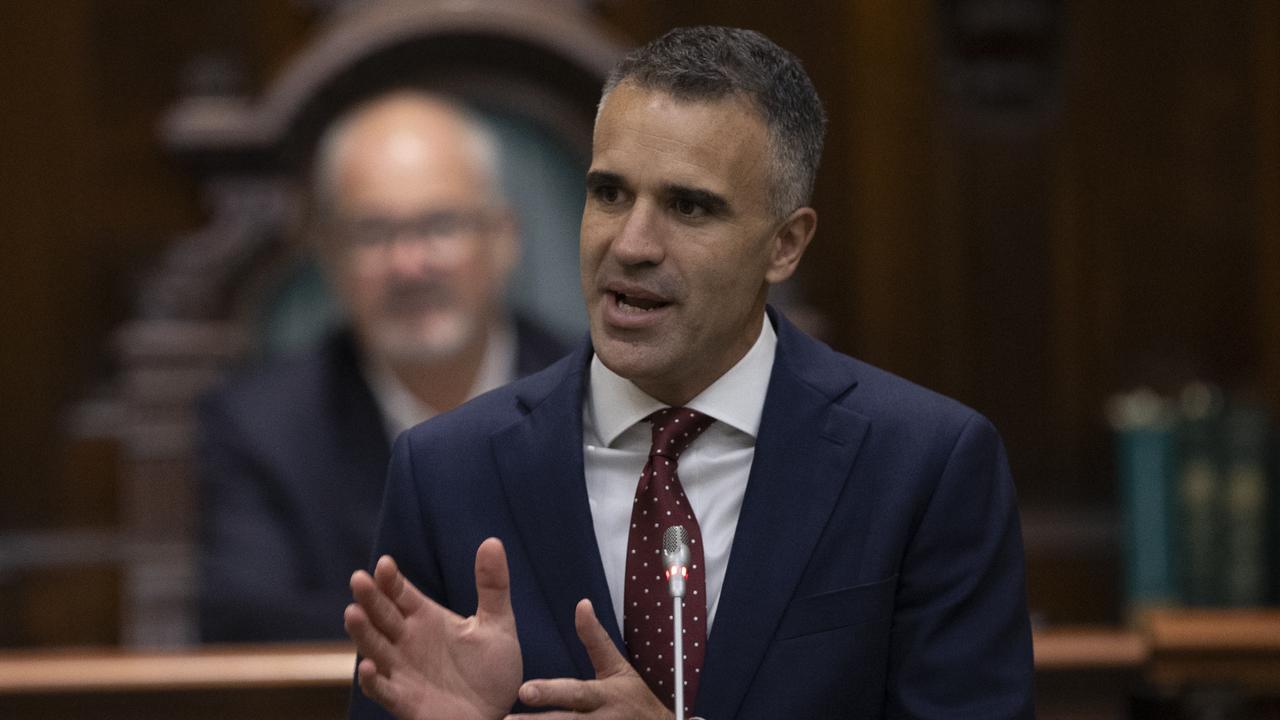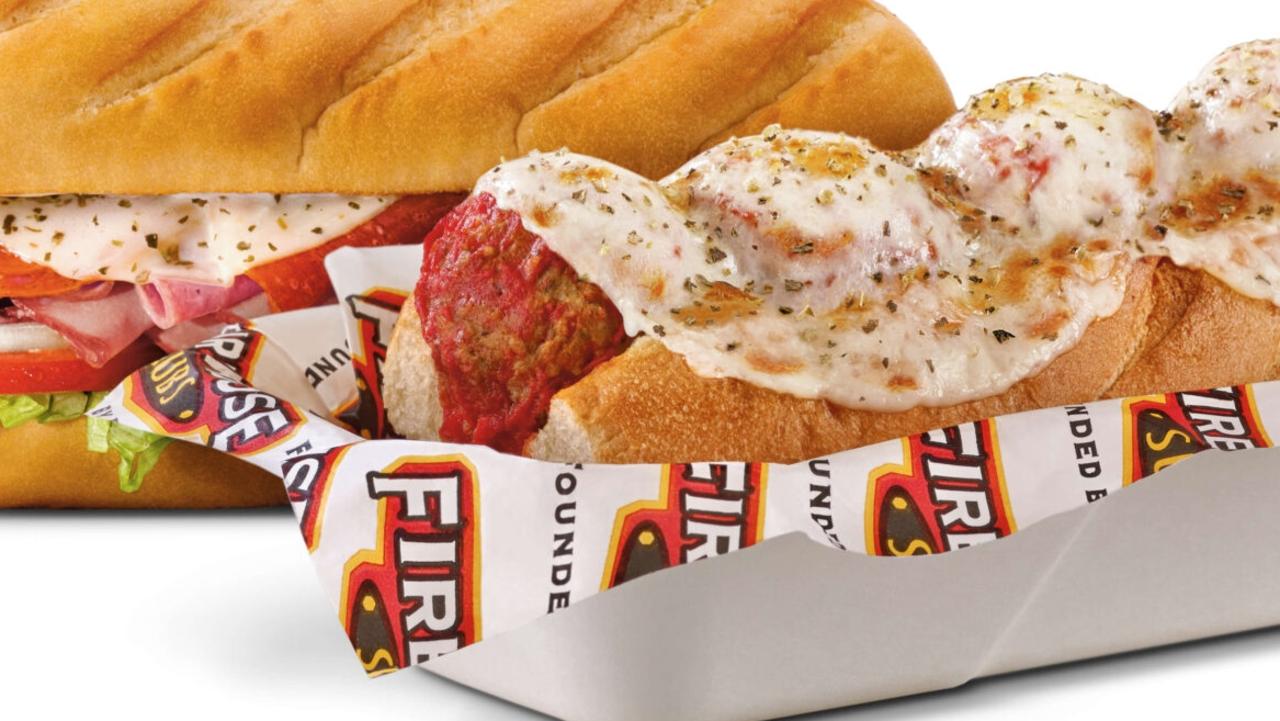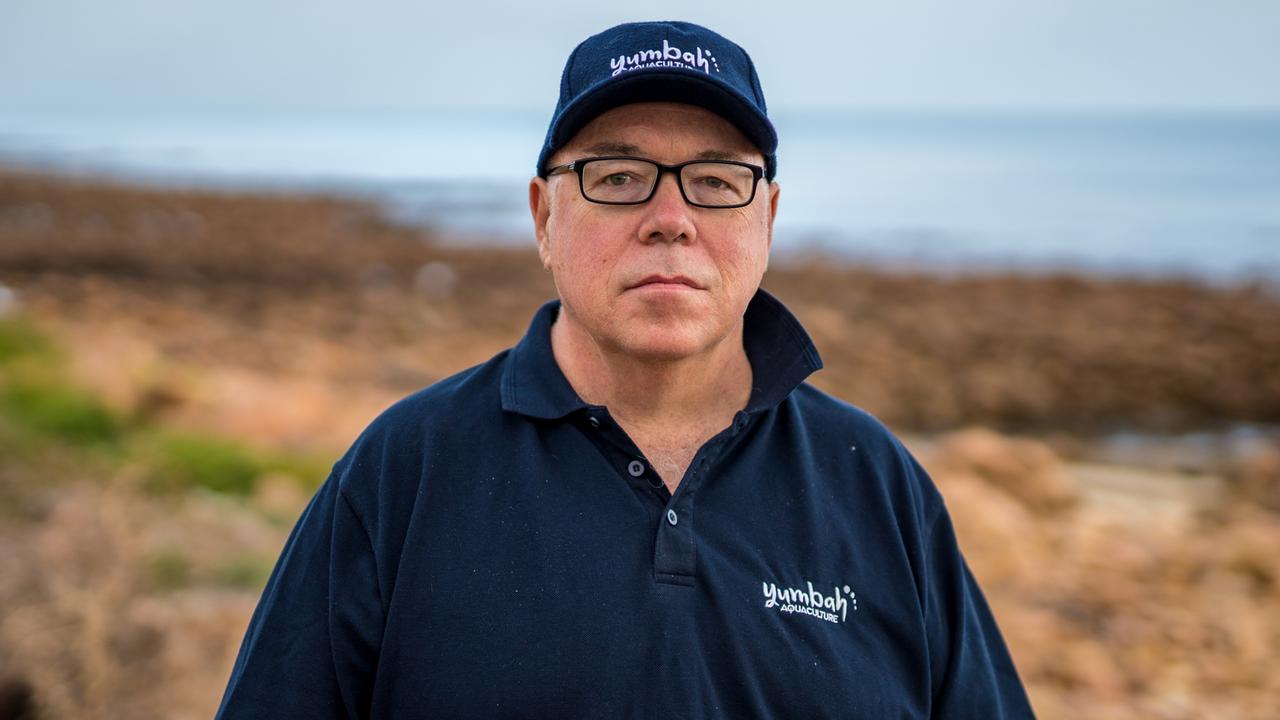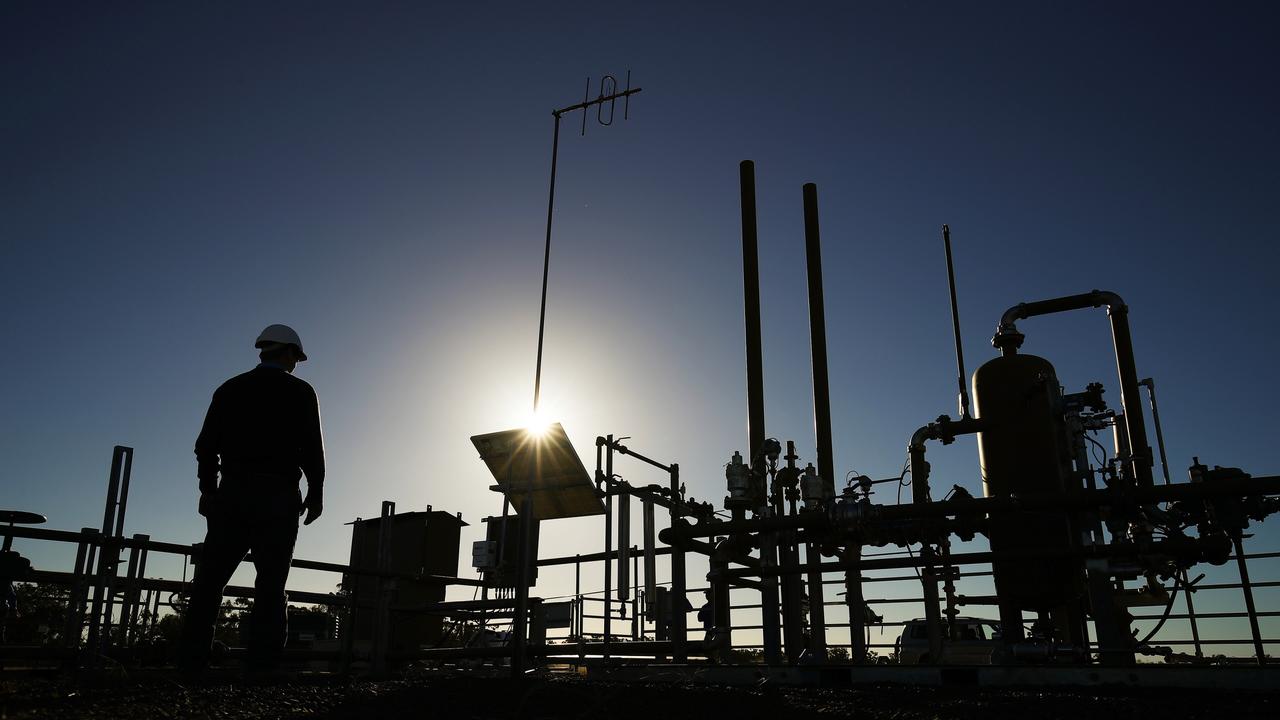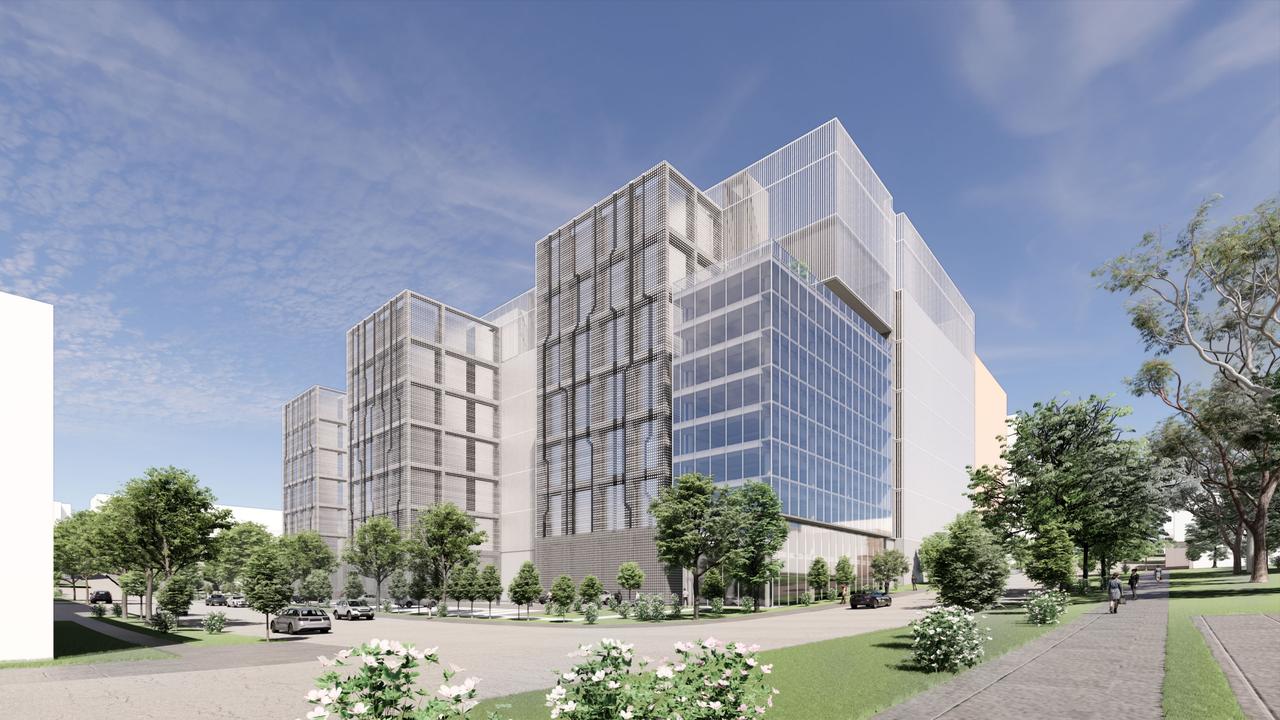Behind the quiet evolution of CSL’s new chief, Paul McKenzie
It turns out one of the toughest decisions CSL chief Paul Makenzie had to make just weeks into his tenure was picking which AFL team to support.

Business
Don't miss out on the headlines from Business. Followed categories will be added to My News.
Just weeks into the job as chief executive of global pharma CSL, Paul McKenzie had to make a career-defining call: Pick an AFL team.
It was a toss-up between Geelong and St Kilda, but he settled on the Saints. It just happened the club theme song shared the tune of his high school song back in Philadelphia. So too the last time they won a premiership was the year he was born.
“I figured there are two things that line up,” McKenzie tells The Australian. Getting to the games has been more difficult with McKenzie mostly been on the road since March, touring the Melbourne-headquartered pharma that spans 40 countries and employs as many people as a big bank.
These days just 12 per cent of CSL’s annual $US13.3bn ($20.5bn) in sales are from Australia. Around half of its revenue comes from the US.
McKenzie was hand-picked earlier this year to take charge of the company that makes blood plasma-products, high-end vaccines and more recently has moved into dialysis and treatment of kidney diseases. While it is sitting on the wrong side of wild currency markets, CSL hasn’t missed a beat. On Tuesday it posted a 9.6 per cent jump in full year net profit to $2.6bn. The one-time government owned pharma also upped its dividend 6 per cent to $2.36.
It was a handover designed to be smooth as silk as McKenzie took charge from previous long-serving chief Paul Perreault. McKenzie has a doctorate in chemical engineering from Pittsburg’s Carnegie Mellon University and was CSL’s chief operating officer for the past few years. He was closely involved in bringing together the CSL 2030 Strategy built around investment in R&D, broadening the plasma offering and building out a hi-tech vaccine manufacturing base.
“For me it’s about coming in and continuing that journey,” McKenzie says. “At some point we will have to refresh for 2035 or 2040, but it’s really about delivering the next three to five years on the 2030 strategy”.
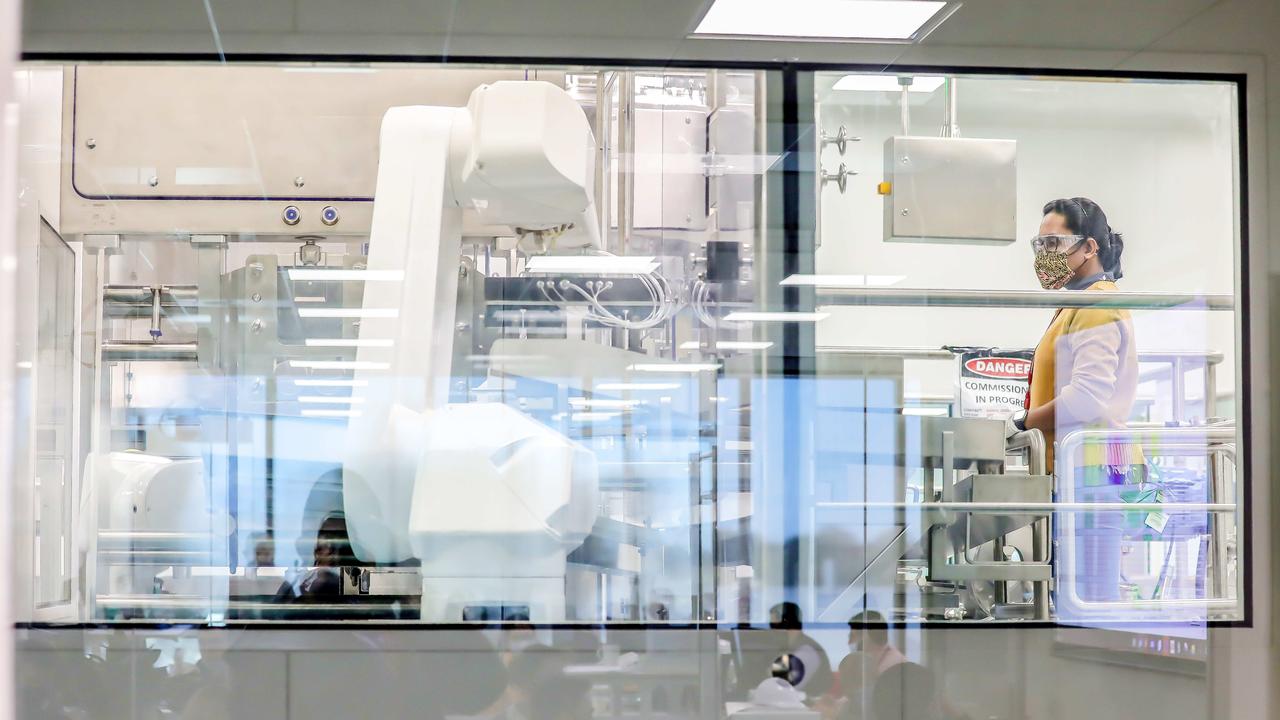
With top management experience in big pharma from Johnson & Johnson and Biogen, McKenzie describes himself as an engineer who has always worked at the interface between R&D and manufacturing. He sees CSL as different from typical big pharma. He is energised by CSL’s strength in innovation and the $130bn company’s ability to bring new products from its R&D operations.
The engine of this has been its R&D spend and McKenzie has committed to CSL’s target of directing 10 per cent to 11 per cent of revenue into research.
This means as CSL grows. so does its budget for the long term goal of developing new drugs. Last year CSL spent more than $US1.2bn in R&D and a large slice of this went to Melbourne, where it has just moved in to a world class research facility which is integrated with its new headquarters on the edge of the CBD.
McKenzie says if a good idea comes along and the R&D budget needs to move higher, he’d be open to it. Again, he points out CSL is taking a different approach to big rivals.
“We’re not going to go into 19 different therapeutic areas and try to be all things to all people. We want to win where we know we’re differentiated,” he says.
CSL’s R&D portfolio will remain focused around the commercial areas where it already operates. It has a pipeline of drugs under development and has just launched its new haematology drug into the heavily regulated US and Europe markets.
Its other big drug being closely watched – dubbed CSL 112 – is aimed at reducing recurring heart attacks in the first few months of the initial attack. It is just entering the final clinical testing stage involving more than 18,000 heart attack survivors.
Still CSL won’t manage itself and it needs to find its feet in the post-Covid world.
Rival global pharmas have rekindled their hunger for R&D since the pandemic. At the same time CSL faces a step change in the cost of blood collection in its biggest market – the US where they pay for donations. This is the largest expense in plasma business and is likely to cut into profit margins for at least the next two years. Elsewhere continues to integrate last year’s monster $US12bn Vifor Pharma acquisition that was partly funded by debt. Even so, the Swiss-based business, one of the market leaders in nephrology, is now delivering $US2bn in revenue and spinning off cash.
The Vifor deal was textbook CSL. Use expertise to moving into an area that flies under the radar, but has a market that offers clear growth potential on an ageing population.
McKenzie says many global pharma names are still trying to figure out what therapeutic areas they’re in. But CSL knows where it can be good. “That’s the therapeutic areas we’ve chosen. We know there’s areas that are unloved like nephrology – and we’ll go where there’s patient need and we can make a difference”.
NAB trumps CBA
National Australia Bank boss Ross McEwan has upped the stakes in returns to shareholders with a surprise $1.5bn buyback overshadowing its third quarter profit update.
For context, this is more than three times the size of Commonwealth Bank $1bn buyback announced last week when measured by both lenders respective market capitalisation.
The major banks throwing excess capital back to shareholders this early in the downturn is remarkable, so let's hope they know what they are doing.
It shows they are betting big on the soft economic landing story and although lending losses are slowly increasing, the banks expect they should be relatively modest over the medium term.
The buybacks also demonstrate they are anticipating much slower loan growth over the medium term. A booming economy would require banks to set aside more capital to back a fast-growing lending book. Now, Commonwealth Bank and NAB have little use for the funds.
Still, if NAB gets its bet wrong – particularly if inflation remains sticky and the economy lurches into a hard landing – shareholders are set to feel more of a shock. Chief executive Ross McEwan earlier Tuesday said capital levels were “healthy” even after allowing for the buyback. ANZ is holding onto its spare cash for Suncorp, and Westpac remains instinctively cautious.
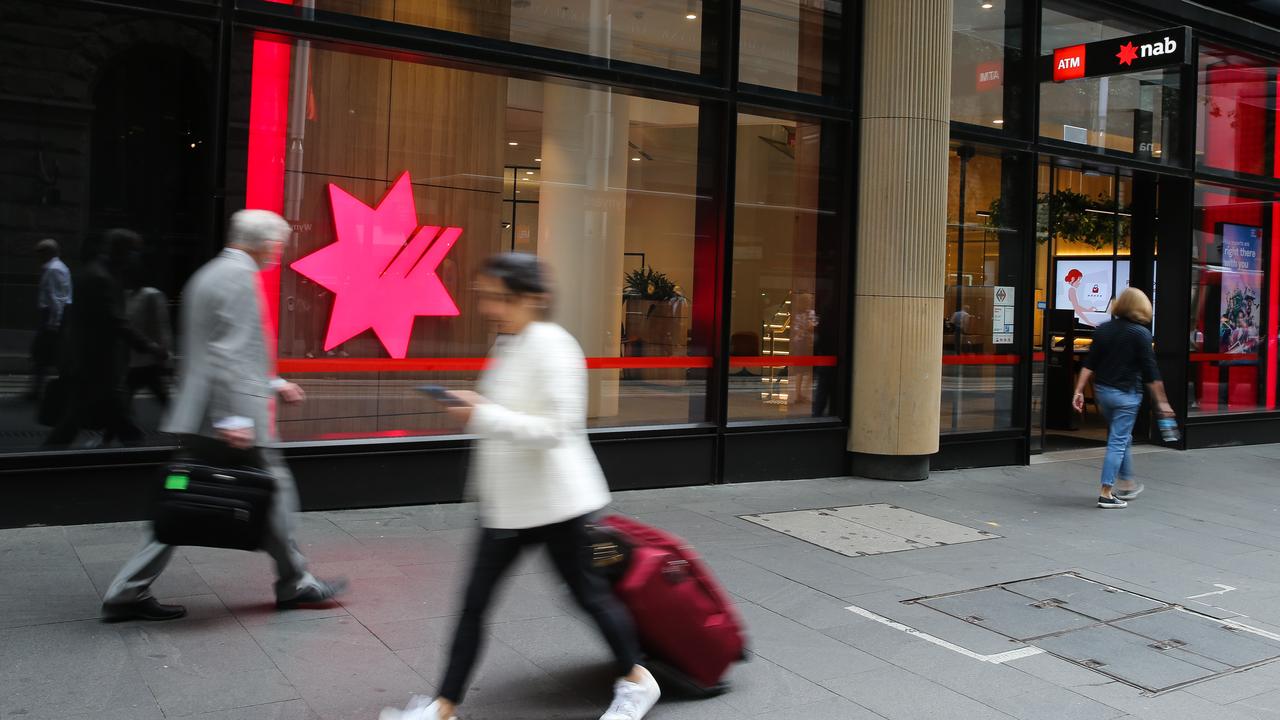
McEwan meanwhile scored a major breakthrough, securing support from staff for a new enterprise deal. This is something he has been trying to get away for the past two years. The new agreement comes at a huge cost and sets the tone for other banks like CBA also in wage talks.
NAB staff voted to accept pay rises of up to 17.5 per cent over four years and allows more permanent work from home arrangements. The top end of the increases applies to lower paid workers. Of the NAB staff who voted, 85 per cent supported the deal, and the agreement now goes to the Fair Work Commission for final approval. Last December NAB staff rejected an initial offer of up to 3 per cent for the next three years including a first-year bonus. Now the lower paid workers stand to get 4.3 per cent over the life of the deal.
The bank will now look to offset some of the increase through $400m in savings this financial year. However, it represents a big jump for the bank that is already seeing expenses drifting higher.
McEwan said the enterprise deal reflected a “modern workplace” and is easier for staff to understand and for the bank to implement.
“The new agreement sets us up well for the future. It provides certainty about pay and benefits, as well as investing in your career and wellbeing,” McEwan told staff in a memo.
The NAB increase is just short of this year’s bumper 5.75 per cent economy-wide minimum wage increase and compares to signs the overall wage growth is likely to peak at about 4 per cent by early next year. ABS figures released earlier Tuesday showed annual wage growth slowed to 3.6 per cent in the June quarter.
‘Negative jaws’
Both the buyback and the wage deal overshadowed a more sombre set of quarterly numbers for NAB. The environment is not bad, but it is clearly turning, with lending losses pushing higher from a lower base. The ratio of 90-day missed loans and impairments, pushed up slightly and now running at 15-month highs.
The update was notable as NAB has become the first bank to confirm “negative jaws” where expense growth of 3 per cent is running faster than its revenue growth that fell 2 per cent. This shows profit margins are continuing to shrink, with banks with relatively narrower deposit bases having to pay up.
NAB delivered June quarter cash earnings of $1.9bn, up from $1.8bn the same time last year and slightly ahead of where the market was tipping. The lender continues to focus on business lending, which is growing at a faster pace than mortgage growth. But ongoing cost growth, lending losses drifting up and a margin squeeze, sets NAB up for a difficult fourth quarter when it delivers its full year earnings numbers later this year.
johnstone@theaustralian.com.au
More Coverage
Originally published as Behind the quiet evolution of CSL’s new chief, Paul McKenzie




